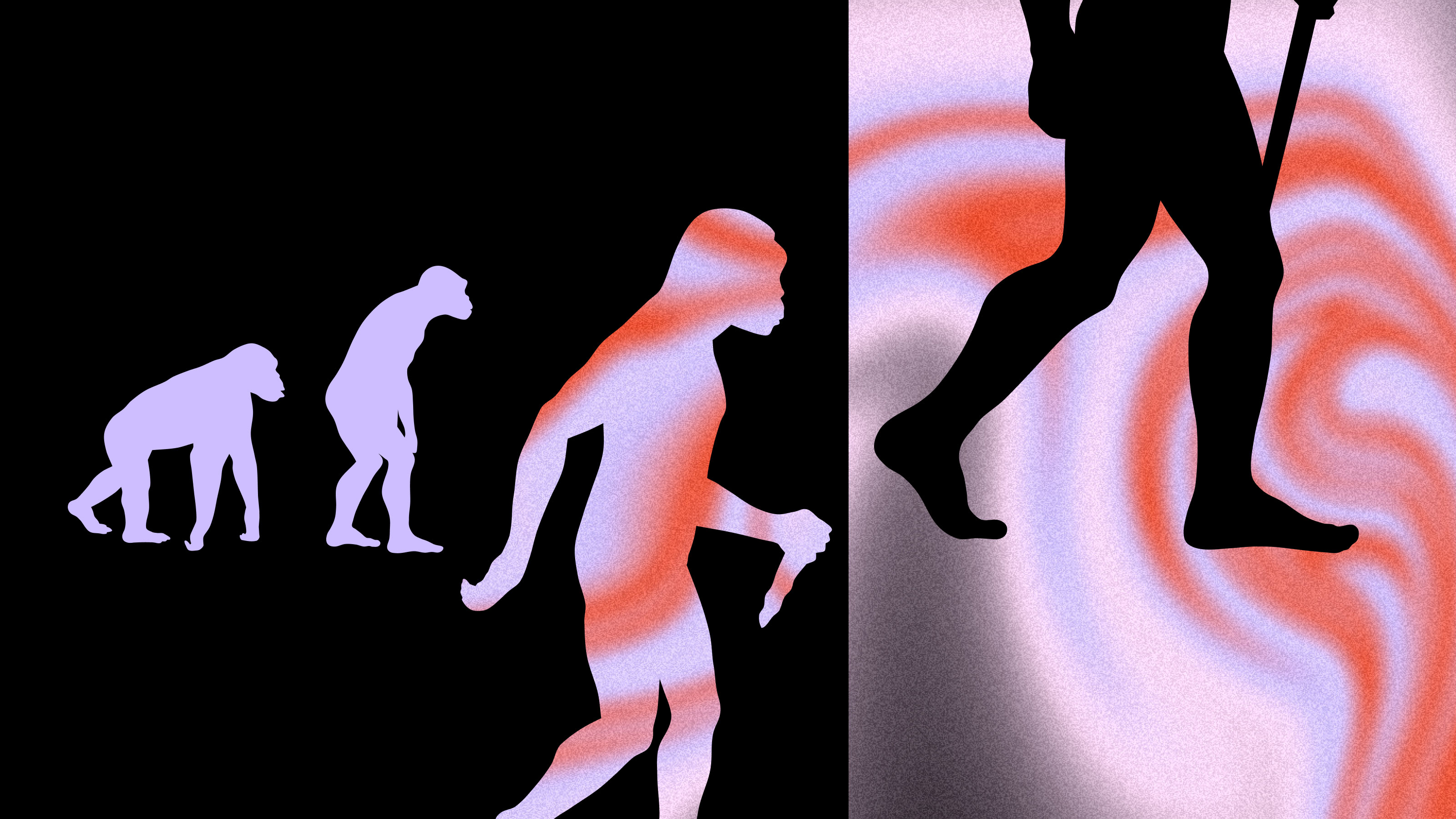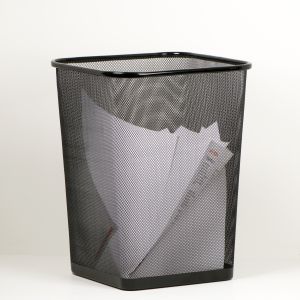An American in Paris

Has any other American artist been as overanalyzed as Thomas Eakins? Pollock, Hopper, Rothko, and others have all been called to the critics’ psychological couch, but only Eakins has gotten the treatment from the distance of the pre-Freudian era. With the publication of The Paris Letters of Thomas Eakins, edited by William Innes Homer, Eakins gets to speak from the grave in his defense for the first time in public. Homer hopes to answer here the essential Eakins question—principled master or grotesque monster?—once and for all.
Homer has followed Eakins for four decades now, bridging the era of Lloyd Goodrich, the dean of Eakins’ studies from the 1920s who canonized the artist as a martyr to Victorian prudery, and the era of Henry Adams, whose 2005 Eakins Revealed left no scandalous rumor or dark assumption behind. When Eakins died in 1916, he had already slipped into the shadows of American art. Only the posthumous gentleness of Goodrich and others saved Eakins’ name and his art for posterity. Eakins’ time in the shadows, alas, left enough material for those looking for a dark side to find one. The Paris Letters puts Eakins in the spotlight as a young artist full of opinions and looking to find his place in the world. It’s not the words and thoughts of the teacher who lost his teaching job when he dared reveal a nude male model to a co-ed class, but it is the closest we’ll ever get to the inner life of perhaps the first great American artist.
“I never in my life saw such nice funny old pictures,” Eakins wrote home, tongue in cheek, after his first trip to the Louvre upon arriving in Paris in 1866. “I’m sure my taste has been much improved and to show it, I’ll make it a point never to look hereafter on American Art except with disdain.” Like so many other American artists of the young republic, Eakins found himself and his country’s art treated like second-class world citizens, pale imitations of European greatness. That secondary status seemed even more acute when American artists crossed the Atlantic to learn their craft from European masters. Lacking family wealth and powerful connections (unlike his “enemy,” Howard Roberts), Eakins practically begged for a position. Many of the early letters detail just how grueling Eakins’ search had been.
Eventually, however, Eakins found an ideal master in Jean-Leon Gerome, whose emphasis on the mental work of art meshed perfectly with Eakins’ Quaker upbringing. “Eakins himself must be seen as compulsively rational,” Homer writes, “a modern-day Leonardo da Vinci, practicing art while also fathoming and explaining its underlying principles.” Between tales of hazing of new students to the very real deprivations of student life, sometimes even to death, Eakins gives us a full picture of what it was to be an American art student before America or American art could claim to rule the world.
Eakins spent between 1866 and 1869 in Paris, drinking in the opera and riotous politics as much as the art instruction. The 1867 Paris Exposition Universelle literally laid the whole world at Eakins’ feet, feeding his imagination while simultaneously confirming in his mind the value of American culture. (Alan C. Braddock’s Thomas Eakins and the Cultures of Modernity masterfully considers Eakins’ post-expo culture shock at length.) A gifted linguist, Eakins read Dante, Voltaire, and others in the original. The artist as intellectual asking questions of the world comes across in these passages.
Of course, the main interest of these letters, and the Spanish notebooks that follow from Eakins’ time in Madrid and Seville in 1869 and 1870, is Eakins’ views on art and artists. “I would rather die than deceive myself or ever be party to it,” he writes of artists who compromise their vision for money. John Ruskin, a dominant critic of the time, is “a writer who knows nothing about painting,” while Rubens “is the nastiest, most vulgar, noisy painter that ever lived” when compared to favorites such as Velazquez, Ribera, Couture, and Rembrandt. Summed up, these lists of good and bad outline the artist that Eakins eventually became. These letters allow us to connect the dots in the making of Eakins’ personal vision.
For followers of the schizophrenic biographical history of Eakins, the letters clarify some questions more than others. Reading Eakins call the Swiss dirty and inbred or the English a race of swine, it’s hard to deny allegations of prejudice. When Eakins writes to his former paramour Emily of searching for a male “companion” in Paris, that is, a bosom friend to share his experiences with, the long-standing hints of Eakins’ homosexuality seem one big, unfortunate misunderstanding. In a similar sexual vein, Eakins rhapsodizes on the “delight of raising children for the love of children grows on me not to leave an unnatural void” over any pleasures of marital bliss. I found it hard to imagine the man who wrote those words in 1868 ever sexually abusing his nieces, as Adams and others accuse on circumstantial and fragmentary evidence. I also felt more than a little sad knowing that Eakins never fathered children to fill that “unnatural void.” Perhaps that’s why he relished the role of teacher so fully, seeing his devoted students as the only children he would ever know.
Homer wonderfully annotates the letters, prefacing each one with a brief summary that helps the reader separate the everyday letter home from the occasional deep foray into philosophy on art, life, etc. The seeker of deep thoughts will quickly find them. The seeker of the complex personality of Eakins as a young man will read each letter and piece together a man of glories and faults like any other. Homer has exhumed not the remains of Eakins in age but the Eakins of youth, standing on the cusp of possibility just as America and its culture stood on the brink of world prominence. The Paris Letters of Thomas Eakins captures a unique moment in the life of the artist and the trajectory of civilization in the late nineteenth century. What these letters mean in regards to who Eakins was will always remain a question, but at least they give us common ground to stand upon while posing illuminating questions instead of slinging dark innuendo.
[Many thanks to Princeton University Press for providing me with a review copy of The Paris Letters of Thomas Eakins.]





